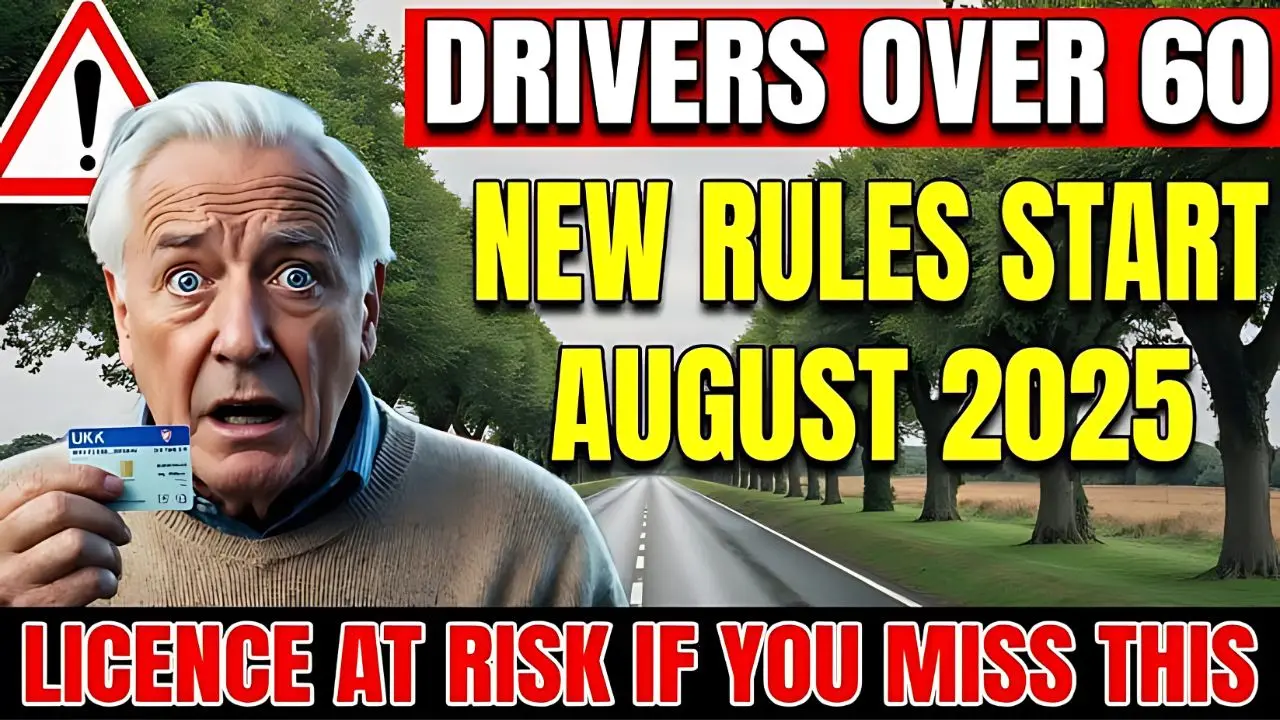From August 2025, new traffic rules are to be enforced in Australia with a view of providing an error-free road and lowering accidents. These changes shared by all states aim to curb dangerous behaviour on roads and ensure vulnerable users are protected. Every driver must cynically render his or her best understanding with regard to new traffic laws, also because a single mistake could bring about huge fine and penalties under the new laws.
Tougher Rules on Mobile Phone Usage
One of the first changes involves mobile phones with the new laws imposing stiffer penalties on drivers caught holding or using a mobile phone without the aid of a hands-free device. The fine will, in any case, be highly increased, together with extra demerit points. This applies even if the vehicle is stacked in traffic or at traffic signals; it is simply illegal to hold a phone behind the steering wheel.
Higher Speeding Fines
Under the new laws, speeding-related infringements will be even more severely dealt with. Larger fines and higher demerit point losses await any motorist exceeding the speed limit by 10 km/h or more. Repeat offenders face the immediate suspension of their licences, thereby reflecting the government’s zero-tolerance stance on speeding, which is still among the chief causes of death on the roads.
Seat-Belt Enforcement
Seatbelt laws have been altered so that raising fines is a possibility if needed, for any and all drivers who fail to wear seatbelt protection and passengers who fail to do so. Drivers are responsible for ensuring that all passengers aged under 16 years are secured in accordance with the law. Should such failings occur, penalties should be harsh enough to make it clear that the use of seatbelts is the best way to avoid injury in the event of an accident.
New Laws Around Cyclists and Pedestrians
For the safety of cyclists and pedestrians, it is mandatory for drivers to keep a minimum passing distance while overtaking a cyclist: one metre in a zone of below 60 km/h, and 1.5 metres in zones where greater speeds are allowed. Drivers should also give way to pedestrians at pedestrian crossings and roundabouts. Drivers who do otherwise are liable to be fined.
Preparing for the Changes
Drivers should study the new laws carefully and change their driving habits accordingly. Additional guidance shall be provided to drivers by state and territory road authorities, while public awareness campaigns will approach. After enforcement begins, ignorance of the law will not pass as an excuse, so it would be in everyone’s interest to stay updated and get a clear idea of what is ‘safe’ on the roads.





